We were lucky to catch up with Jeffrey Olson recently and have shared our conversation below.
Hi Jeffrey, thanks for joining us today. We’d love to hear the backstory behind a risk you’ve taken – whether big or small, walk us through what it was like and how it ultimately turned out.
I received my MFA in 1992, and immediately secured a teaching position at a small private art college. I was exhibiting my work locally, and along with teaching, I was on the accepted path of becoming a “serious artist”, the path that had been laid out for me, and many others, who enrolled in 4-year and graduate art programs.
In 1998, I was offered an opportunity to work for an art materials company, that included among other things, managing a retail store, and building relationships with local art programs and instructors. It offered the opportunity for travel, learning new skills, and a decent salary, all the while being immersed in something I was passionate about, art and art materials, and working with others who shared the same interests.
The challenge I faced was leaving what was considered the appropriate career path for an artist, and the belief held by many that any other venture into business would be a detriment to my aspirations as an artist.
I ultimately took the risk, telling myself that if it didn’t work out, I could return to teaching. As a look back over what has been a twenty-five year plus career in the arts materials industry, I have no regrets. I learned more than I could have ever anticipated about the making and use of artists materials, about the marketing and selling of those materials, and about myself and my own capabilities, all the while maintaining a successful studio practice as an artist.
I often get asked by young artists, just beginning their careers, how I got to where I am. Artists have so many skills and ways of seeing that can add value to endeavors that reach well beyond traditional roles. I always tell them to look further than what is narrowly defined as the profession of an artist, and to seek out or accept opportunities that first and foremost, align with your personal values, and identity, and second, allow you to express those interests and skills that are unique to you and your own vision, and allow for personal and professional discovery.
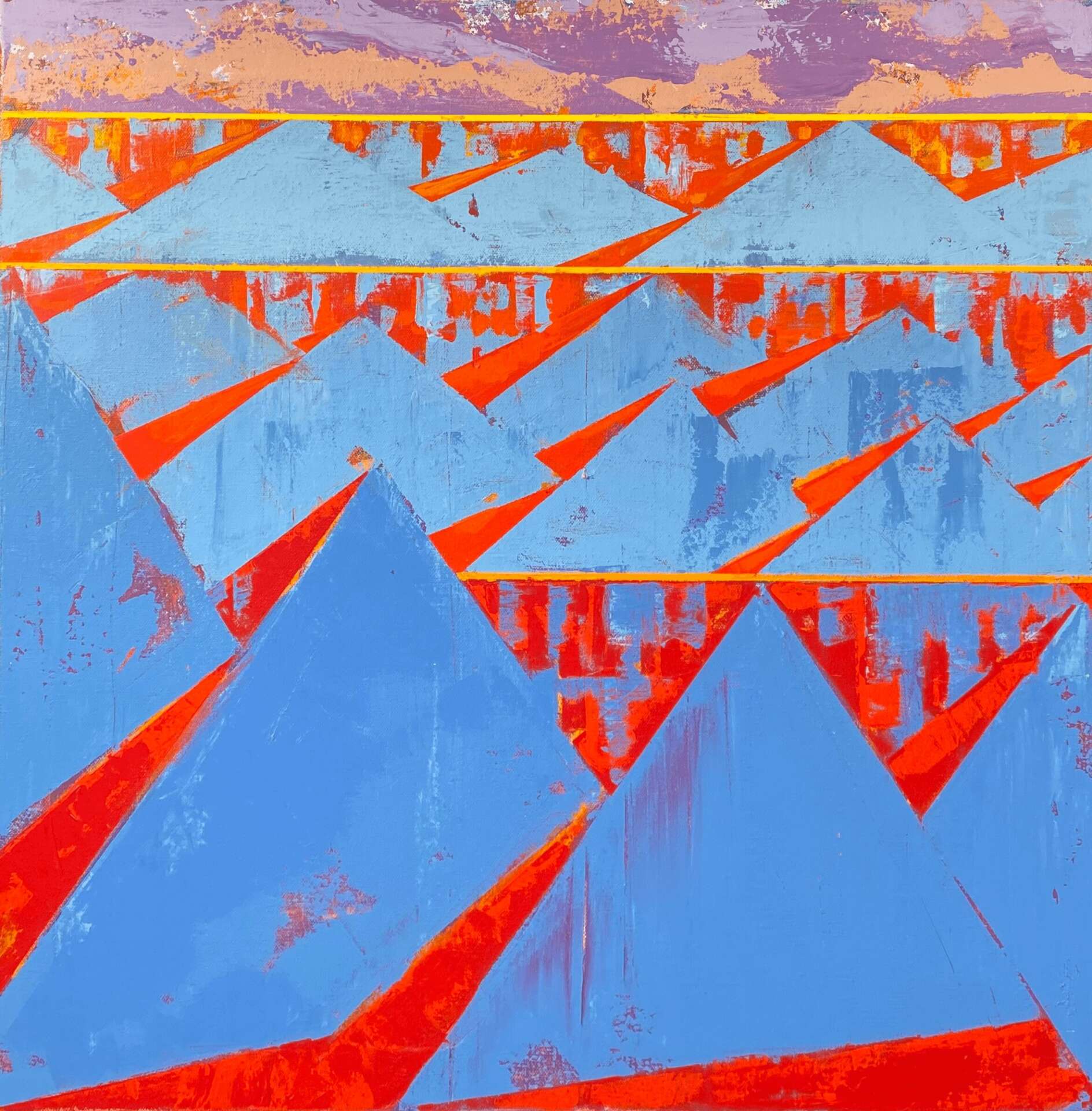

Awesome – so before we get into the rest of our questions, can you briefly introduce yourself to our readers.
I am a Northwest artist, growing up in Spokane, Washington, graduating from University High School and going on to earn his BA and MFA from Washington State University, and currently reside in Seattle.
I have a significant and original body of work spanning more than thirty years. My paintings offer a unique vision of the landscape and the inspirational forces of nature which shape it. The canvases are boldly colored and the brushwork energetic, reflective of the physicality of the land and the processes of painting.
My primary medium is acrylic paint on canvas, applying the material with a direct and rapid technique. Genuine painting involves risk-taking. I rely on spontaneity and embrace the unplanned and accept that painting, like nature, is a continuous chain. The emphasis of my process is one of discovery. It is this philosophy that makes painting exciting and meaningful for me and feeds my ambitions as an artist.
I am currently the Art Education Director for Royal Talens in North America, a Dutch manufacturer of fine art materials for over 120 years. I am an accomplished instructor in studio art with a decade of university and college teaching. I have more than twenty-five years in the art material industry with product expertise in a variety of mediums. My lectures, workshops and classes deliver meaningful insights into the history, development, and application of artist’s materials and art practice.
I love teaching. I’ve always seen it as being integral to my role and identity as an artist. I have taught in universities and private art schools, and in my role as Art Education Director Royal Talens, I have had the unique opportunity to travel and meet artists and art enthusiasts throughout North America and internationally, speaking to our shared passion for both the materials of art and art making.
Since 1899, Royal Talens, a Dutch manufacturer of artist materials, has been stimulating creative expression worldwide by developing high-quality brands and products that inspire people to create. The mission of the education program is to provide resources and services to our retail partners, artists and educators that engage, inform, and inspire artistic experimentation and expression.
I have been married for twenty-two blissful years and have one daughter, who graduates this year from the University of Washington.
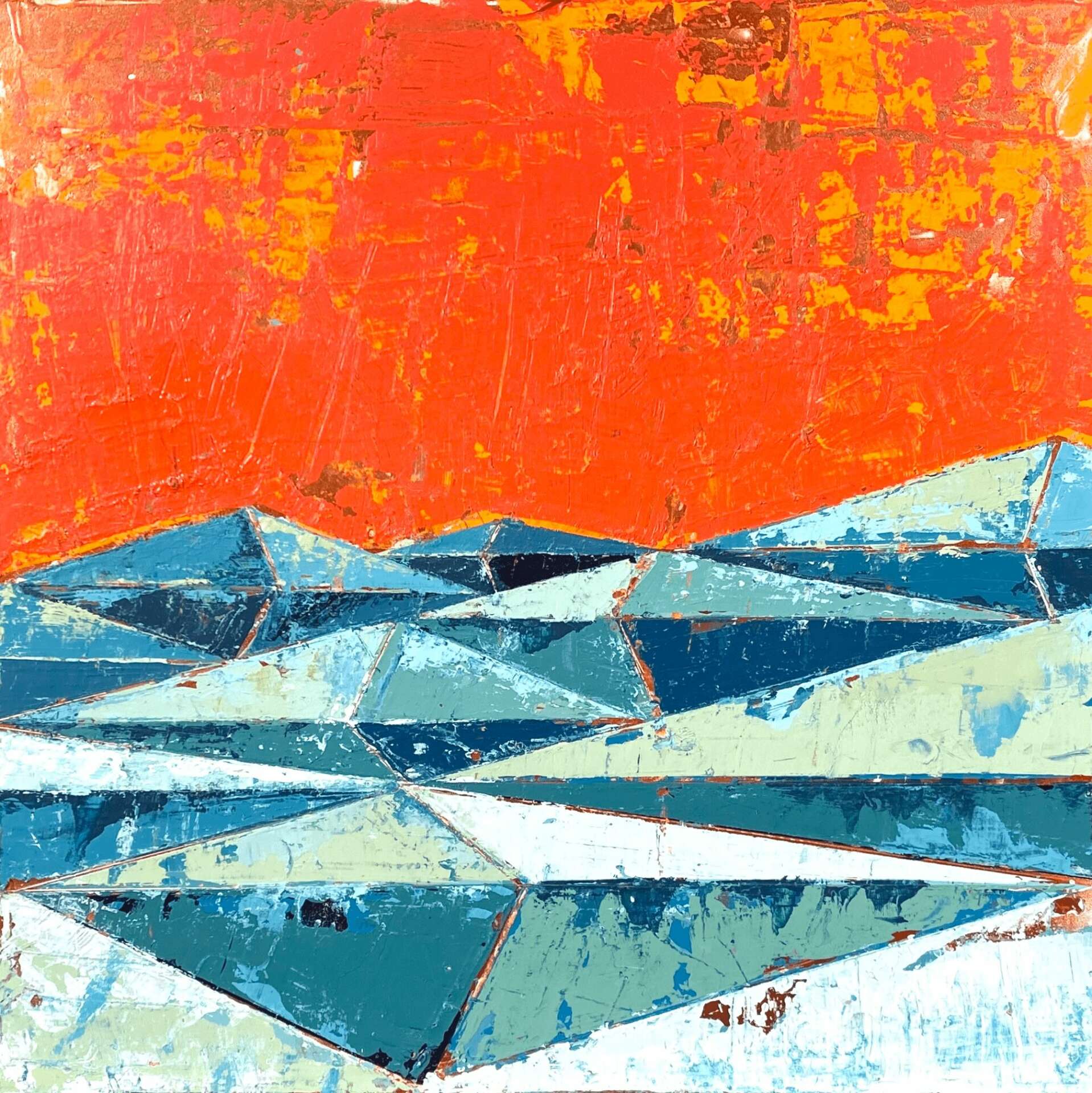
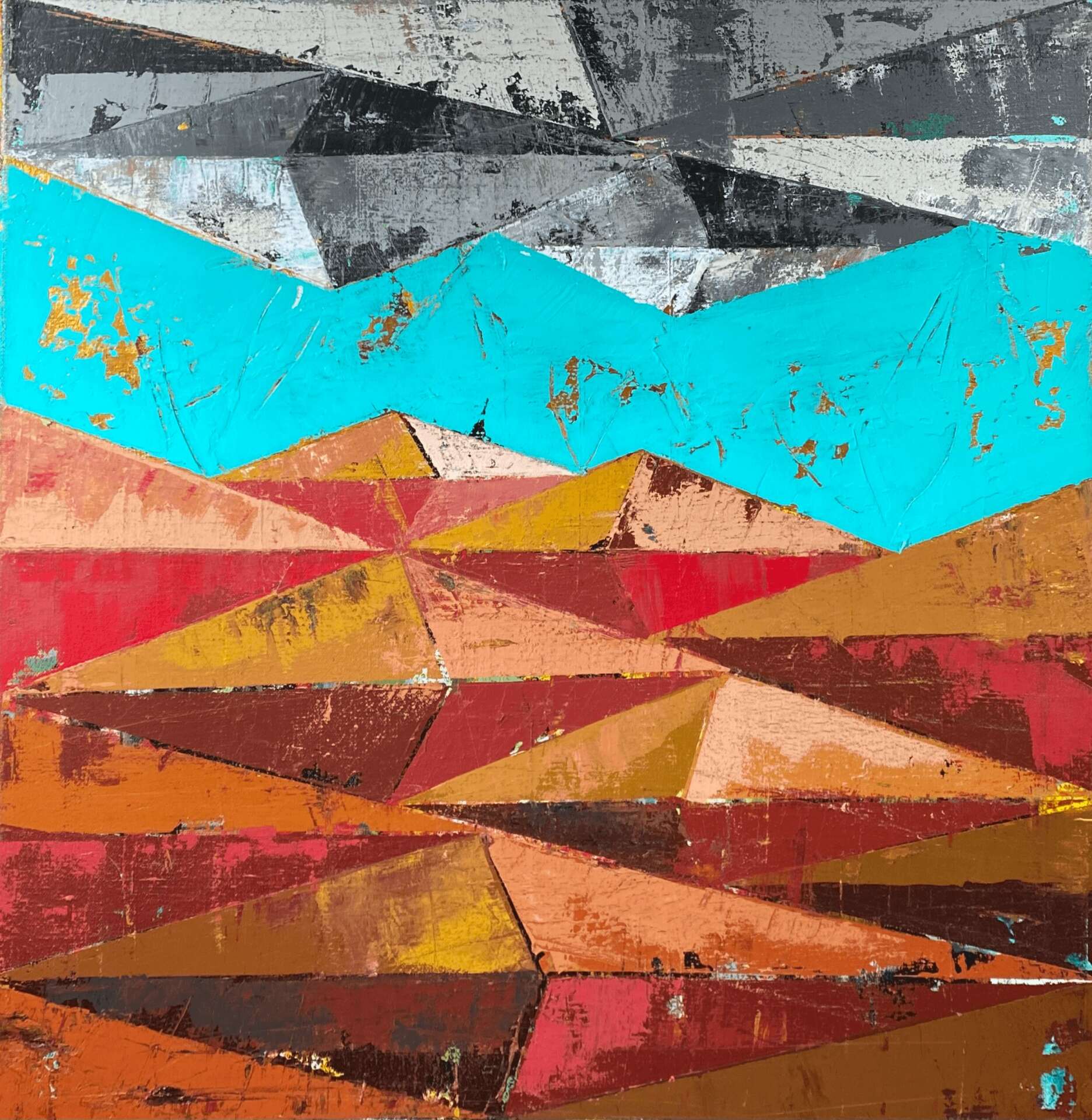
How about pivoting – can you share the story of a time you’ve had to pivot?
I began my journey in the art materials industry in 1998, starting as a retail store manager, then advancing to district manager, eventually rising the position of VP of Retail Operations. After 17 years, I decided I needed to make a change. While all my experiences on this journey were invaluable, I felt I had drifted too far from what I enjoyed about the work in the beginning, the materials themselves and the direct relationships I had with other working artists.
In 2015, I resigned my position, and applied for an artist’s residency in Morocco. The experience was life changing and allowed me to reimagine my life and career in new ways, many of which were rooted in my earlier experiences in art education and studio practice. In 2017, I was contacted by a former colleague about an opportunity to create an education program for the recently established North American affiliate of Royal Talens, a manufacturer of fine artists materials since 1899. It had become the ideal endeavor, melding all my previous experience into one opportunity.
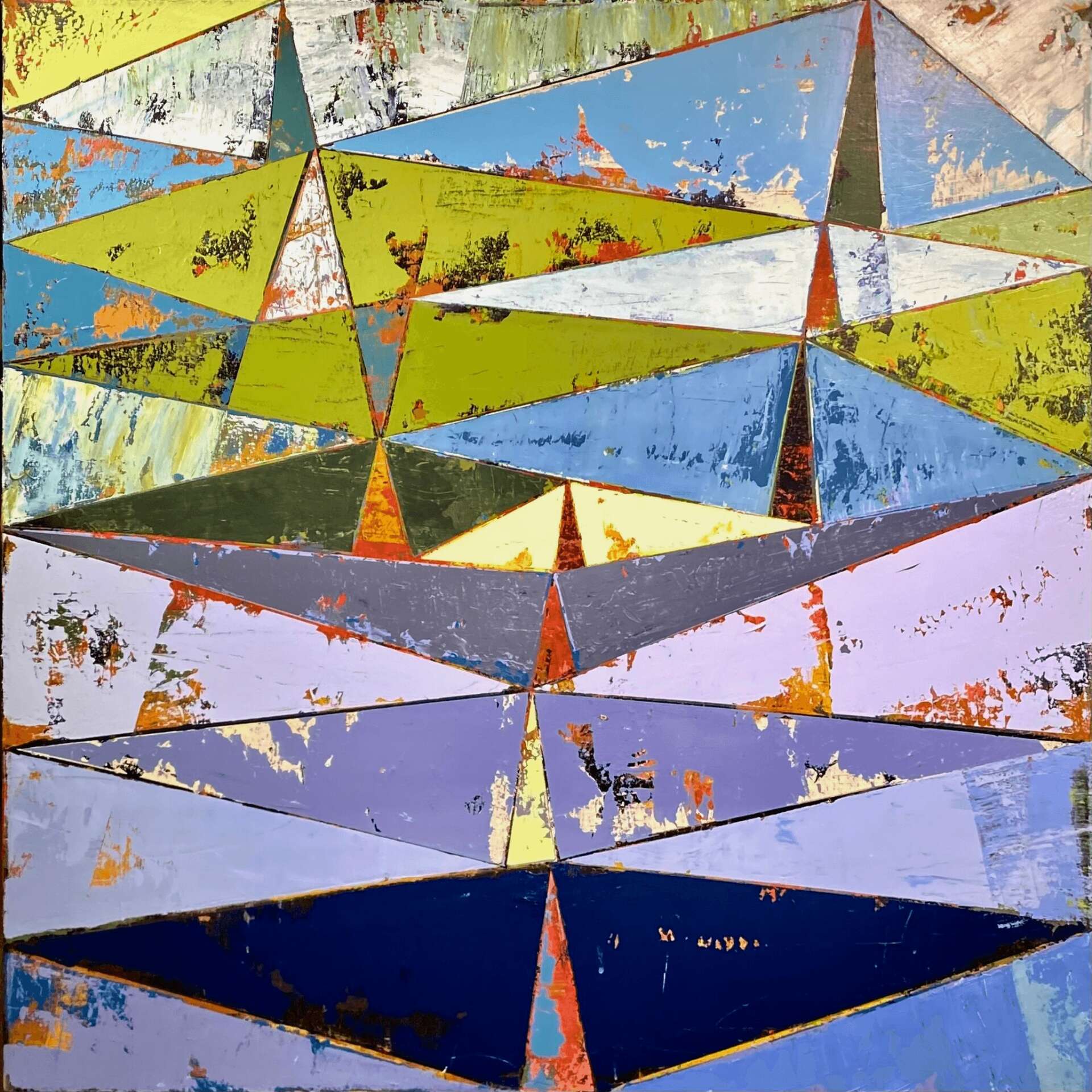

For you, what’s the most rewarding aspect of being a creative?
I think the average person would be surprised to know that what motivates artists, what drives our creative endeavors, and ultimately, what we find rewarding, are the same as in many other professions and pursuits. Much talk is spent on defining what makes creative people unique, when in fact, artists share much more in common with the rest of society than we recognize.
The goals we have for ourselves, and our work are diverse and wide ranging. Certainly, recognition and creating a legacy are meaningful rewards. Earning a living doing what makes you happy and reinforces your identity and values are aspirations of most of us. Engaging in a dialog with others, creating something that provokes thought or pleasure, or both, and passing on knowledge and experience to the next generation are important to me, but are also to many others as well, and not just creatives.
I think, the primary challenge for people who are not involved in the arts as a professional pursuit, often question the value in dedicating so much time and energy to something that doesn’t have obvious financial benefits, or where there seem to be limited opportunities to achieve financial independence. I get it, a person needs to put food on the table and pay the rent.
This is a result of the myth of the starving artist, the outsider. My experiences have taught me that such a narrow definition of what it means to be an artist, as is understood by both the general public as well as aspiring artists, limits their vision of the important role that art plays in society, and how the skills and ambitions of artists can be realized in many ways that allow for both creative discovery and practical application, and yes, a pay check.
Contact Info:
- Website: https://www.jeffolsonart.com
- Instagram: https://www.instagram.com/jeffolsonart/?ref=badge
- Facebook: https://www.facebook.com/jeffolsonseattlepainter/?ref=bookmarks
- Linkedin: https://www.linkedin.com/in/jeffrey-olson-052a833a/
- Youtube: https://www.youtube.com/channel/UC5rOQyZcsrmbc3Ld4BfH4xQ
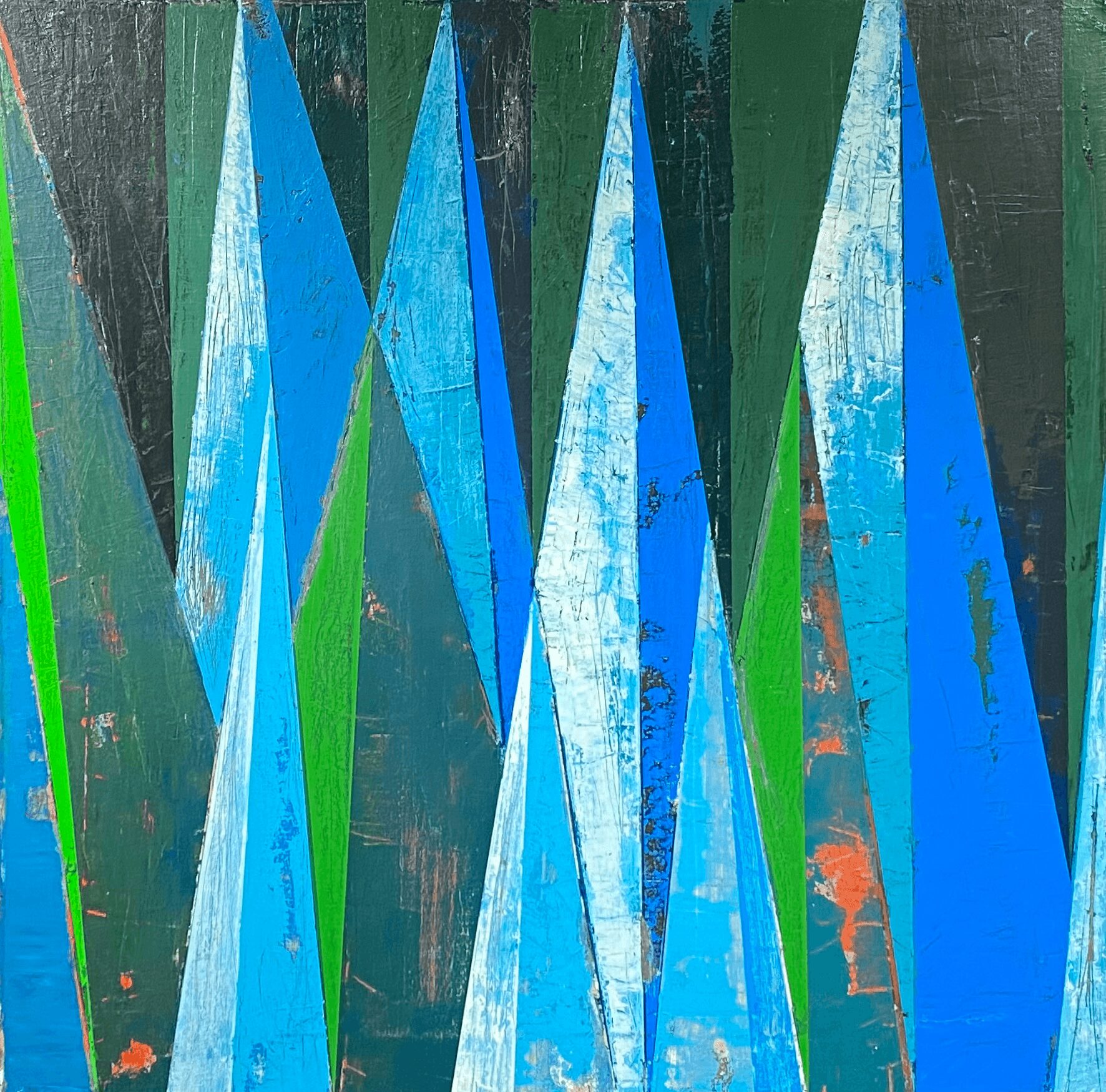
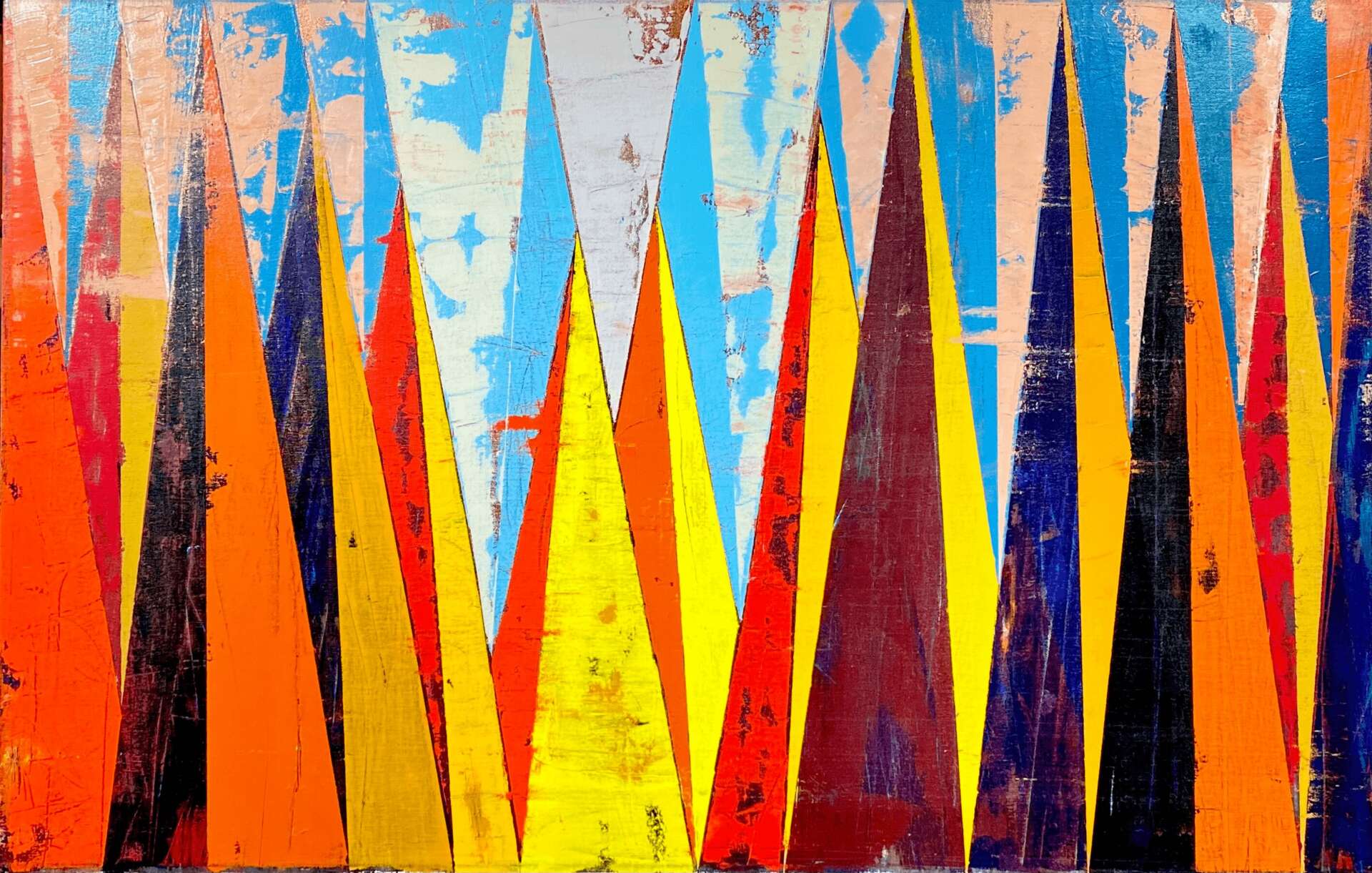
Image Credits
All images credited to JeffOlsonArt


